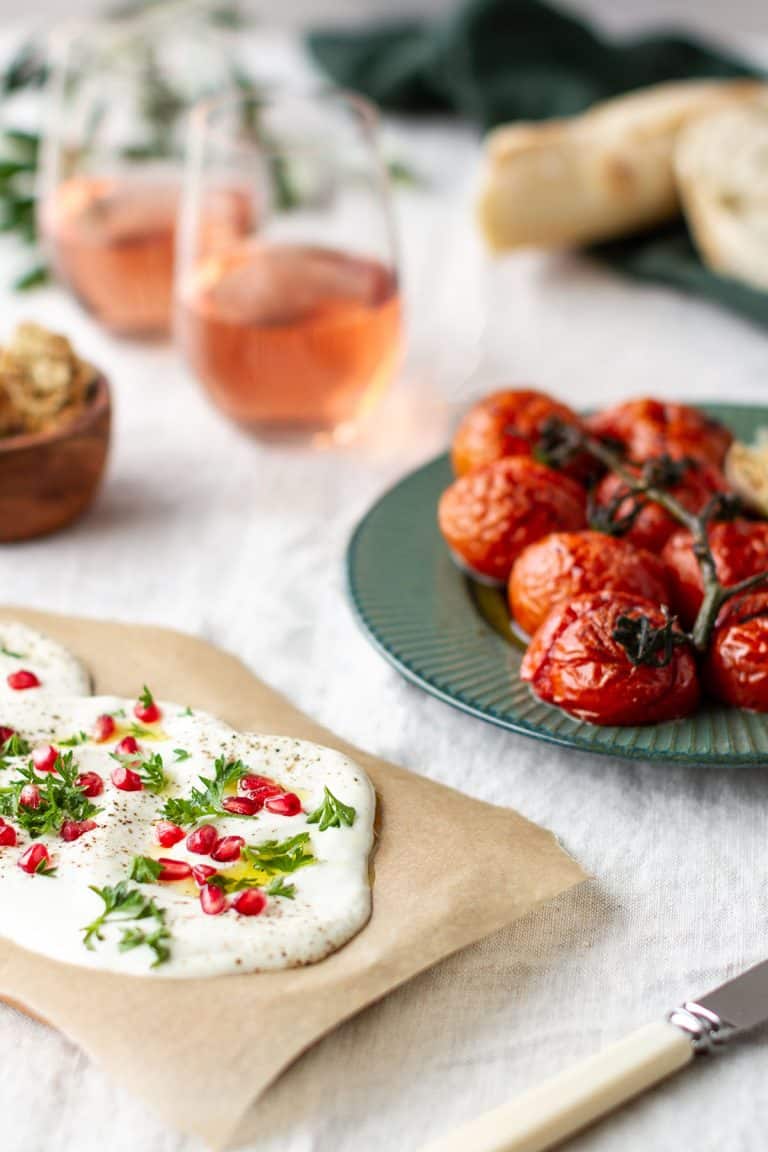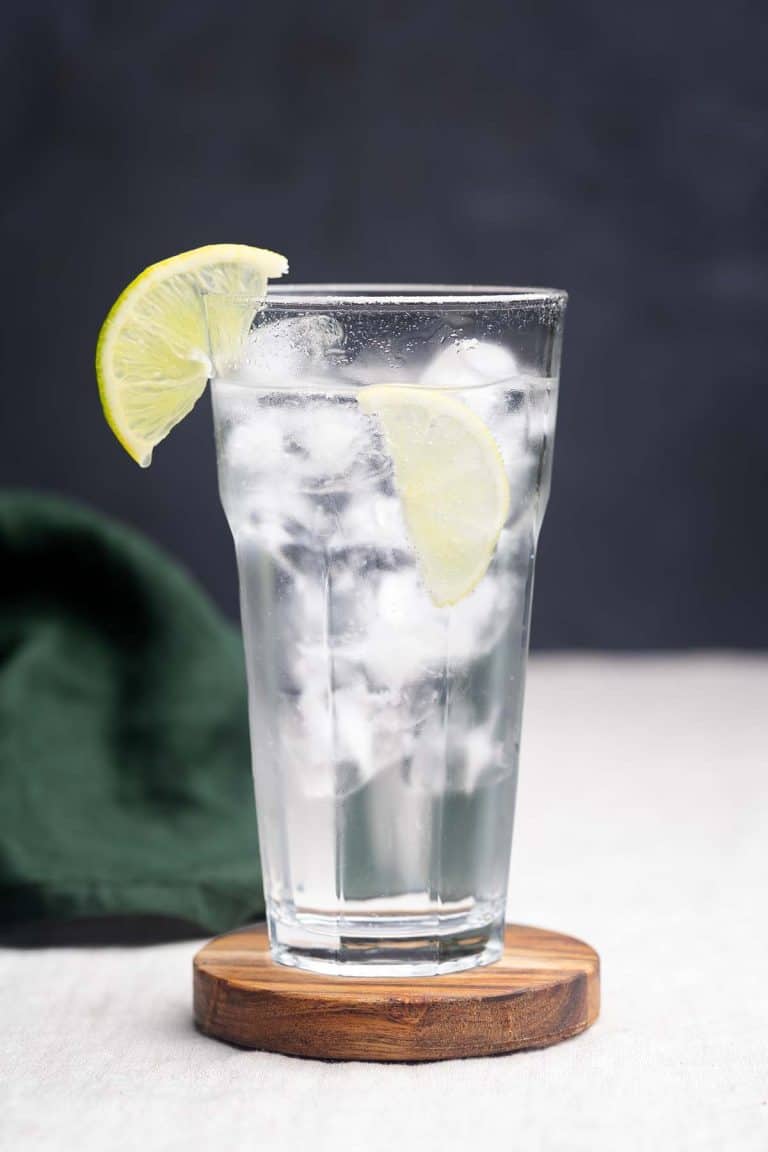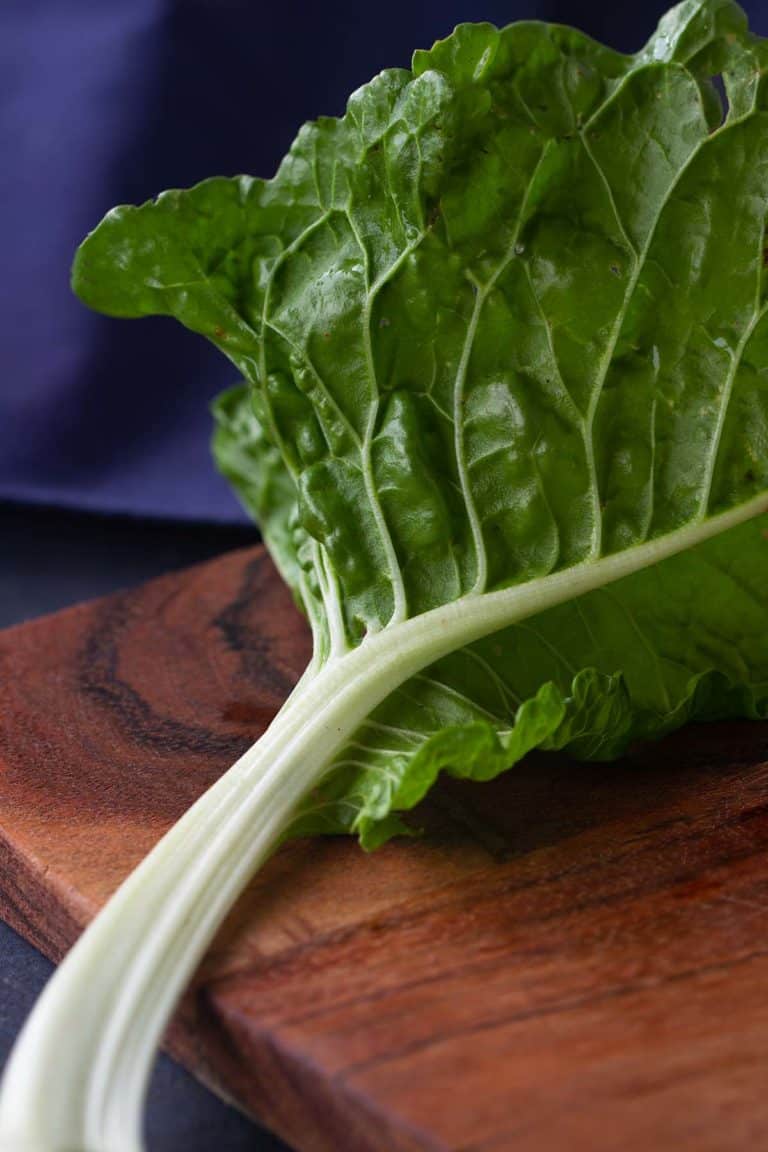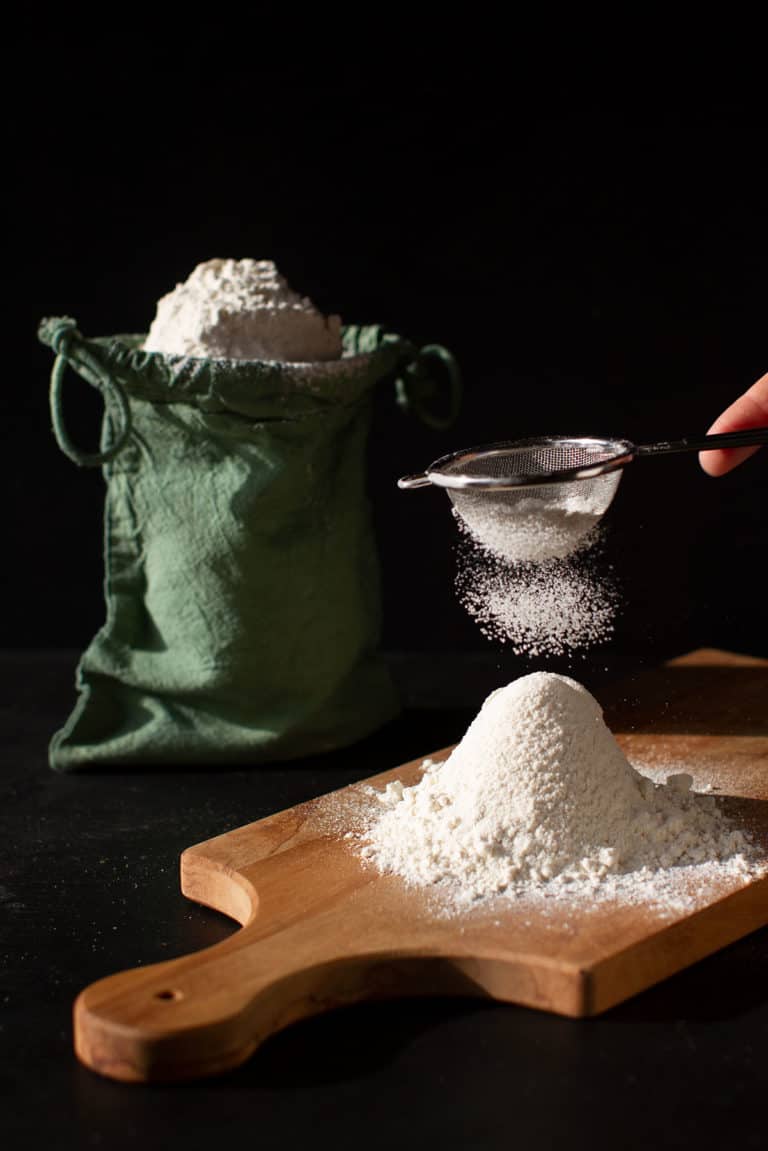Biergarten Menu: German Beer Garden Food & Drinks
Are you struggling to navigate a traditional German biergarten menu? Or are you keen to serve authentic German beer garden food and drinks at home? Classic biergarten offerings are renowned for their hearty flavors and satisfying textures, making them perfect for communal dining alongside a refreshing beer in the open-air setting of a traditional beer garden. This Biergarten Menu Guide helps you understand the menu and provides tips for recreating Oktoberfest or a beer garden at home.

Discover Geselligkeit
First, let’s talk about the heart of German dining culture which is called “Geselligkeit” which translates to “social togetherness”. In Germany, dining is not just about nourishment, it’s a celebration of spending time together. It’s the act of socializing with friends and family, old and new, to enjoy food, drink, and conversation in a warm and relaxed atmosphere. Geselligkeit enhances the mealtime experience, transforming it into a shared adventure filled with laughter, stories, and the joy of simply being together.
Beer gardens and Geselligkeit
Beer gardens are the perfect place for “Geselligkeit,” or social togetherness. Their communal long table and bench seating, outdoor setting, and shared eating encourage interactions. With a casual, family-friendly ambiance and live entertainment, visitors feel comfortable and connected. Rooted in German culture, beer gardens embody the value of community and shared moments.
Biergarten menu guide
German beer gardens offer a wide array of hearty and flavorful dishes that pair perfectly with a cold beer. Here are some timeless favorites you’ll find on a typical biergarten menu:
- Bratwurst: Grilled sausages, often served with mustard and sauerkraut, and sometimes in a bread roll (Bratwurstsemmel).
- Weisswurst: A traditional Bavarian white sausage, usually served with sweet mustard and freshly baked pretzels.
- Pretzels (Brezn or Brezeln): Large, soft, and salty pretzels are a biergarten staple and a perfect beer companion.
- Schweinshaxe: A crispy, roasted pork knuckle, often served with sauerkraut and mashed potatoes.
- Hendl: Roast chicken, typically seasoned with herbs and spices, served with potato salad or coleslaw.
- Schnitzel: Breaded and fried pork or veal cutlet, usually served with a wedge of lemon, potato salad, and lingonberry sauce.
- Kartoffelsalat: A variety of potato salads, including vinegar-based and mayonnaise-based versions, often served as a side dish.
- Obatzda: A creamy, tangy cheese spread made with Camembert or Brie, butter, and spices, served with pretzels or bread.
- Käsespätzle: A German version of macaroni and cheese, featuring egg noodles, cheese, and crispy onions.
- Sauerkraut: Fermented cabbage, often served as a side dish to complement sausages and meats.
- Leberkäse: A type of baked meatloaf, often served as a sandwich or with a fried egg.
- Rotkohl: Sweet and sour red cabbage, often served as a side dish.
- Kartoffelknödel: Potato dumplings, which can be served as a side dish or as part of a meat or stew dish.
- Goulash: A slow-cooked, hearty stew made with tender chunks of beef, often served with rustic bread.
- Roast duck: Succulent and flavorful, roast duck is a classic German dish known for its tender, juicy meat and crispy skin. It’s typically served with red cabbage and dumplings.
- Spare ribs: Slow-cooked, spare ribs are coated in a luscious barbecue sauce, resulting in tender meat that falls off the bone with each savory bite.
- Fleischsalat: Fleischsalat, or “meat salad,” features thinly sliced cold cuts of meats, often ham or bologna, mixed with pickles and a creamy or vinaigrette dressing.
- Dampfnudel: A Bavarian steamed yeast dumpling that’s soft and fluffy on the inside with a golden-brown, slightly crispy bottom. It’s typically served with a drizzle of vanilla sauce or a dusting of powdered sugar.
- Apfelstrudel: This popular dessert consists of thinly sliced apples, sugar, cinnamon, and sometimes raisins, all wrapped in layers of delicate, flaky strudel pastry dough. It’s served warm, with a dusting of powdered sugar and a dollop of vanilla sauce or a scoop of ice cream.
- Kaiserschmarrn: It’s essentially torn and caramelized pancake pieces, sprinkled with powdered sugar, and often accompanied by fruit compote or applesauce.

Top 15 German beer styles
German beer gardens are renowned for offering a diverse range of beers to cater to various tastes. Here are some of the most common types of beers you might find in a typical biergarten:
- Helles: A pale lager with a mild, slightly sweet flavor and a balanced hop bitterness. It’s one of the most popular beer styles in Germany.
- Weissbier (Hefeweizen): A wheat beer known for its fruity and yeasty aroma.
- Pilsner: A crisp and refreshing lager with a pronounced hop bitterness and a pale, golden color. It’s a favorite style in many Northern regions of Germany.
- Dunkel: A dark lager with rich maltiness, offering flavors of caramel, chocolate, and toasted bread.
- Bock: A strong, malty beer with a sweet and full-bodied profile, available in various sub-styles such as Maibock and Doppelbock.
- Kölsch: A pale beer with a clean and slightly fruity taste, typical of Cologne (Köln) and its surroundings.
- Berliner Weisse: A low-alcohol, sour wheat beer often served with flavored syrups like raspberry, cherry, or woodruff.
- Rauchbier: Smoked beer with a distinct smoky flavor, traditionally made in Bamberg, Franconia.
- Kellerbier/Zwickelbier: Unfiltered, cellar-aged lagers known for their natural cloudiness and fresh taste.
- Altbier: A copper-colored ale with a balanced maltiness and hop bitterness, commonly found in Düsseldorf.
- Gose: A sour and slightly salty beer, originating from Leipzig, often flavored with coriander and salt.
- Schwarzbier: A black lager with a roasted malt character and a smooth, clean finish.
- Kristallweizen: A clear, filtered wheat beer that retains the wheat beer’s refreshing qualities.
- Export: A stronger and more full-bodied lager with a higher alcohol content than standard Helles or Pilsner.
- Radler: A beer-based beverage made by mixing beer with lemonade or citrus soda, creating a refreshing and low-alcohol option.
In addition to these beer styles, many biergartens offer seasonal or regional specialties, as well as a rotating selection of craft and imported beers.
If you’re after alcohol-free drinks, check out these 20 must-try German non-alcoholic drinks as well.
Wiesn Biergarten Menu
The term “Wiesn” is the colloquial name for Oktoberfest, the world-famous beer festival held annually in Munich, Germany. During Oktoberfest, numerous beer gardens or “Biergärten” are set up in large tents on the festival grounds, creating a vibrant and festive atmosphere. These beer gardens are an integral part of the Oktoberfest experience, offering visitors the opportunity to enjoy a wide variety of traditional German beers, hearty Bavarian cuisine, and live music.
At the Wiesn beer gardens people from all over the world come together to celebrate, socialize, and savor the unique flavors of German culture. It’s a place where the spirit of Geselligkeit (social togetherness) is alive and well.
The most famous beer tents at Oktoberfest include well-known names like the Hofbräuhaus, Paulaner, and Augustiner, each offering its own distinct atmosphere, menus, and beer selection.
Related articles
Be sure to explore these additional articles on German food culture:






